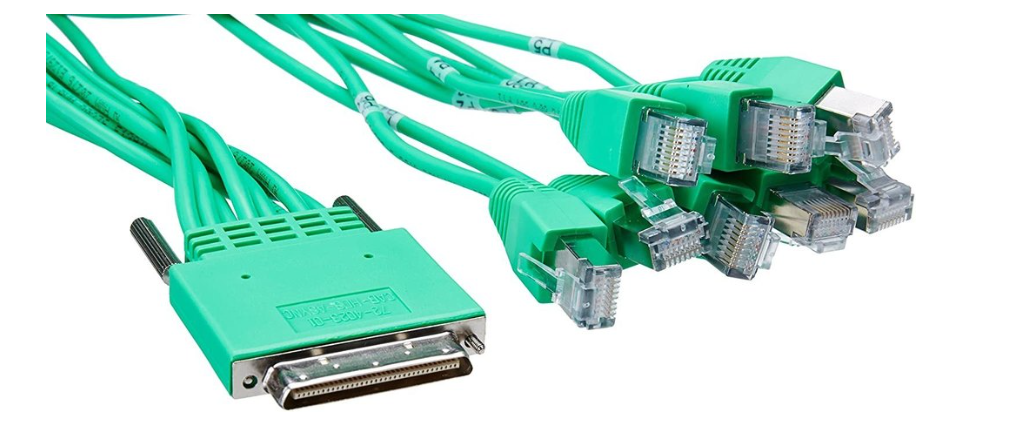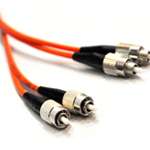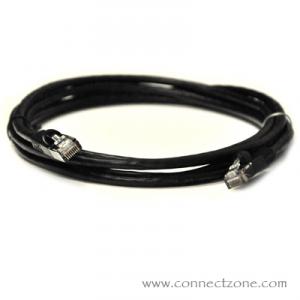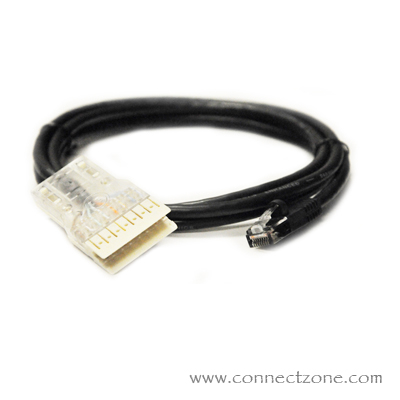We use cookies to make your experience better. Read more
- Read more
The fiber optic cable can be classified into different groups according to different standards. One of which can be divided as single-mode (SMF) and multi-mode (MMF) fiber. Comparing these two types of optical cables will help you pick the most fitting system cable for your usage.
- A fiber-optic technique is similar to the copper wire technique that fiber-optics is replacing. The difference is that fiber-optics use light pulses to transmit information down fiber lines in lieu of using electronic pulses to transmit information down copper lines. Taking a look at the parts in a fiber-optic chain will give a better understanding of how the technique works together with wire based systems. Where copper cabling makes use of electricity to transmit signals from finish to another, fiber optics use light pulses to accomplish the same purpose. The fiber cable is made of a transparent glass core surrounded by a mirror like covering called cladding. Light passes through the cable, bouncing off the cladding until it reaches the other finish of the fiber channel - this is called totalRead more
- Read more
9/125 Singlemode High Speed Fiber Optic Duplex Patch Cables
Single-mode fiber is a type of fiber optic cable through which only one light signal can travel at a time. Because single-mode fiber is more resistant to attenuation than multi-mode fiber, it can be used in significantly longer cable runs. The core of a single-mode fiber is normally 9 microns wide.







